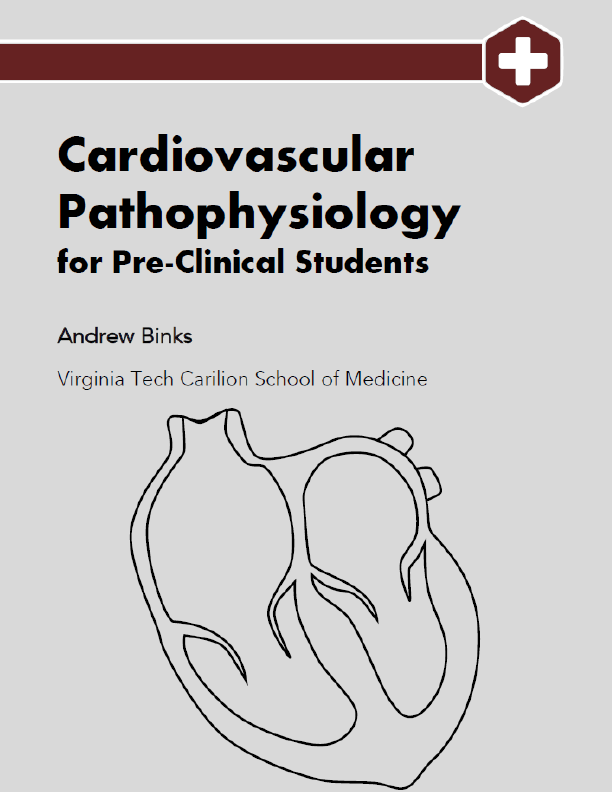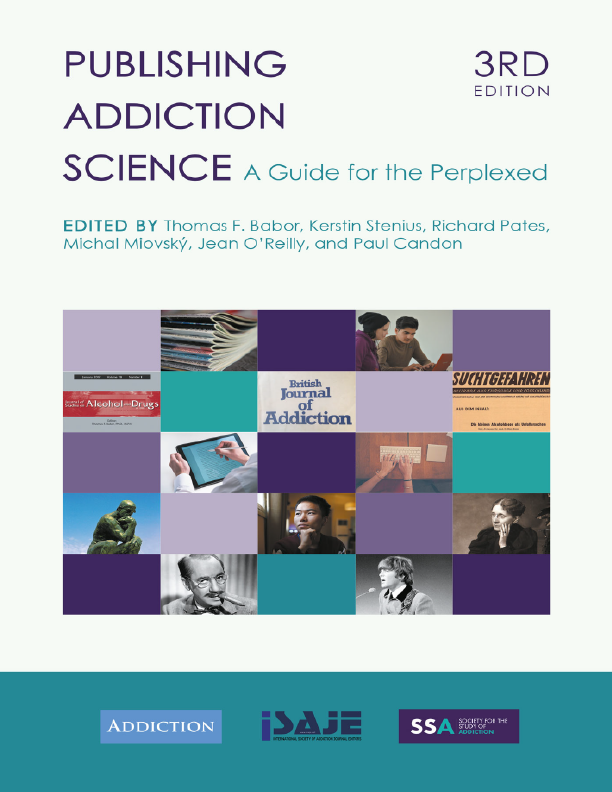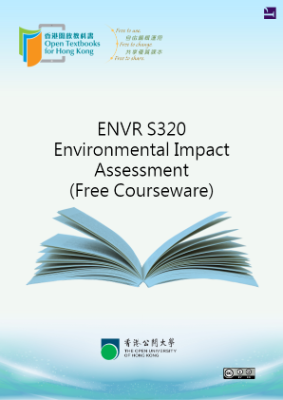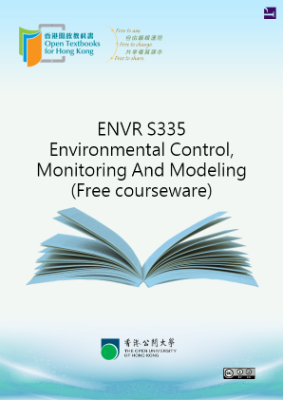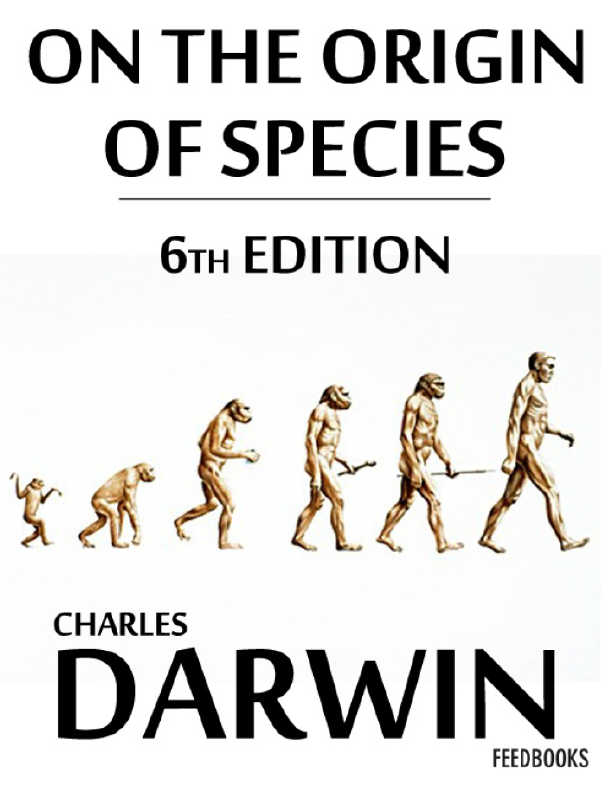An Andromeda Galaxy contains billions of stars. This galaxy is the nearest one to our own galaxy (the Milky Way) but is still a staggering 2.5 million light years from Earth. (A light year is a measurement of the distance light travels in a year.) Yet, the primary force that affects the movement of stars within Andromeda is the same force that we contend with here on Earth—namely, gravity.
You may soon realize that physics plays a much larger role in your life than you thought. This section introduces you to the realm of physics, and discusses applications of physics in other disciplines of study. It also describes the methods by which science is done, and how scientists communicate their results to each other.
Physics: Definitions and Applications
Section Learning Objectives
By the end of this section, you will be able to do the following:
• Describe the definition, aims, and branches of physics
• Describe and distinguish classical physics from modern physics and describe the importance of relativity,
quantum mechanics, and relativistic quantum mechanics in modern physics
• Describe how aspects of physics are used in other sciences (e.g., biology, chemistry, geology, etc.) as well as in everyday technology
What Physics Is
Physics is the natural science that studies matter, its fundamental constituents, its motion and behavior through space and time, and the related entities of energy and force. Physics is one of the most fundamental scientific disciplines, with its main goal being to understand how the universe behaves.
Think about all of the technological devices that you use on a regular basis. Computers, wireless internet, smart phones, tablets, global positioning system (GPS), MP3 players, and satellite radio might come to mind. Next, think about the most exciting modern technologies that you have heard about in the news, such as trains that levitate above their tracks, invisibility cloaks that bend light around them, and microscopic robots that fight diseased cells in our bodies. All of these groundbreaking advancements rely on the principles of physics.
Physics is a branch of science. The word science comes from a Latin word that means having knowledge, and refers the knowledge of how the physical world operates, based on objective evidence determined through observation and experimentation. A key requirement of any scientific explanation of a natural phenomenon is that it must be testable; one must be able to devise and conduct an experimental investigation that either supports or refutes the explanation. It is important to note that some questions fall outside the realm of science precisely because they deal with phenomena that are not scientifically testable. This need for objective evidence helps define the investigative process scientists follow, which will be described later in this chapter.
Physics is the science aimed at describing the fundamental aspects of our universe. This includes what things are in it, what properties of those things are noticeable, and what processes those things or their properties undergo. In simpler terms, physics attempts to describe the basic mechanisms that make our universe behave the way it does. For example, consider a smart phone. Physics describes how electric current interacts with the various circuits inside the device. This knowledge helps engineers select the appropriate materials and circuit layout when building the smart phone. Next, consider a GPS. Physics describes the relationship between the speed of an object, the distance over which it travels, and the time it takes to travel that distance. When you use a GPS device in a vehicle, it utilizes these physics relationships to determine the travel time from one location to another.






